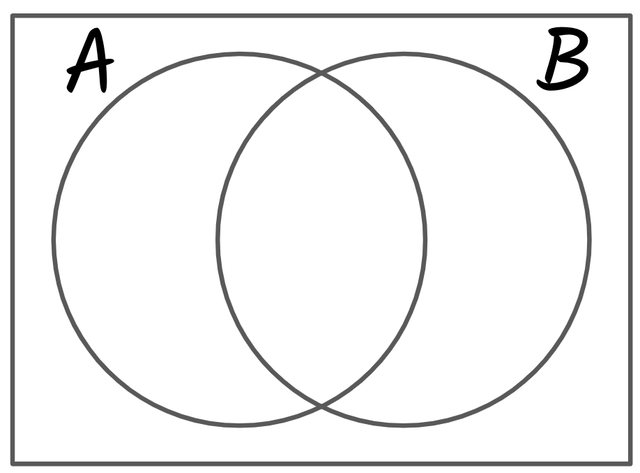Myths about teaching can hold you back
Learn why
New
New
Lesson 9 of 13
- Year 10
- Higher
Solving a quadratic and linear pair of simultaneous equations using elimination
I can solve two (one linear, one quadratic) simultaneous equations algebraically using elimination.
Lesson 9 of 13
New
New
- Year 10
- Higher
Solving a quadratic and linear pair of simultaneous equations using elimination
I can solve two (one linear, one quadratic) simultaneous equations algebraically using elimination.
These resources were made for remote use during the pandemic, not classroom teaching.
Switch to our new teaching resources now - designed by teachers and leading subject experts, and tested in classrooms.
Lesson details
Assessment exit quiz
Download quiz pdf




